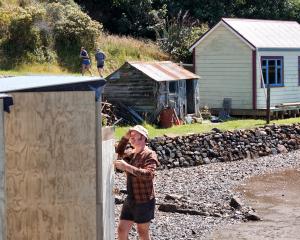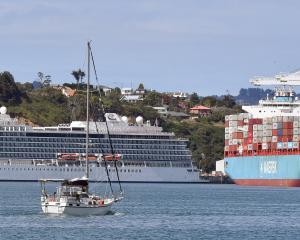
People resorted to standing and sitting on the floor at Otago Museum’s Hutton Theatre as about 200 people listened to Nasa Kepler mission scientist Dr Natalie Batalha discuss how the Kepler space telescope mission is contributing to the discovery of thousands of exoplanets.
Throughout her lecture Dr Batalha used the allegory of Goldilocks to describe the Kepler’s search for a planet "not too big, not too small, not too hot and not too cold" which would offer the most favourable conditions to have water and consequently some form of life.
Since the spacecraft was launched in 2009, 2482 planets had been discovered outside our galaxy compared with 326 beforehand, Dr Batalha said.
"It’s not a done deal that life may exist somewhere else in the Solar System — maybe we won’t find life, maybe we will find fossils."
Even the discovery of signs of former life would be hugely significant, she said.
Future Nasa missions, including the TESS and James Webb Telescope, would feature technology which could recognise chemical atmospheres and pick up lower velocity which was likely to result in the discovery of planets a similar size to Earth.
The diversity of planets discovered outside our solar system was far greater than those in it, she said.
It included planets with oceans of molten lava, planets orbiting two stars and planets as old as the galaxy itself.
The closest exoplanet to Earth discovered by the Kepler was Kepler452b, which had 385 days in its year and was 1.6 times the size of Earth.
The planet was 10 light years away.
To explain in lay terms how close Kepler452b was to Earth, Dr Batalha showed a map of New Zealand with a line to Centre City New World, which was about 600m away from the museum.
The example drew laughs from the audience.
Dr Batalha joked that she appreciated the space-themed names of the New World and Countdown supermarkets.
The lecture was the final in a series of Beatrice Tinsley lectures given by Dr Batalha on the topic throughout New Zealand.












